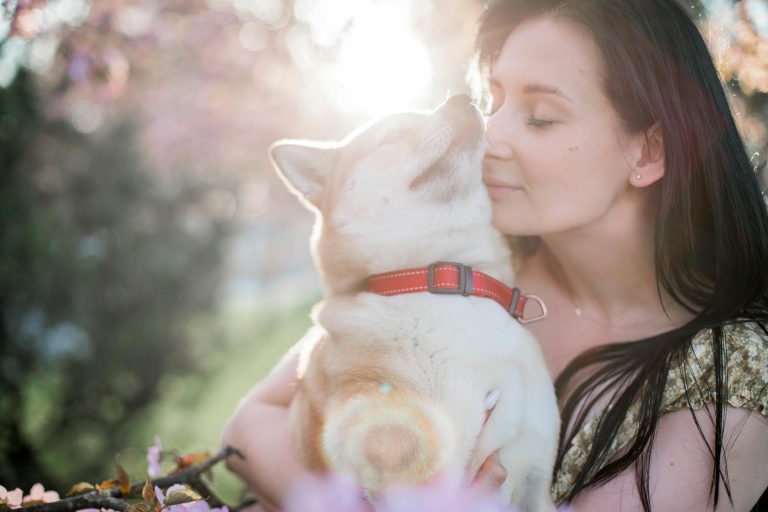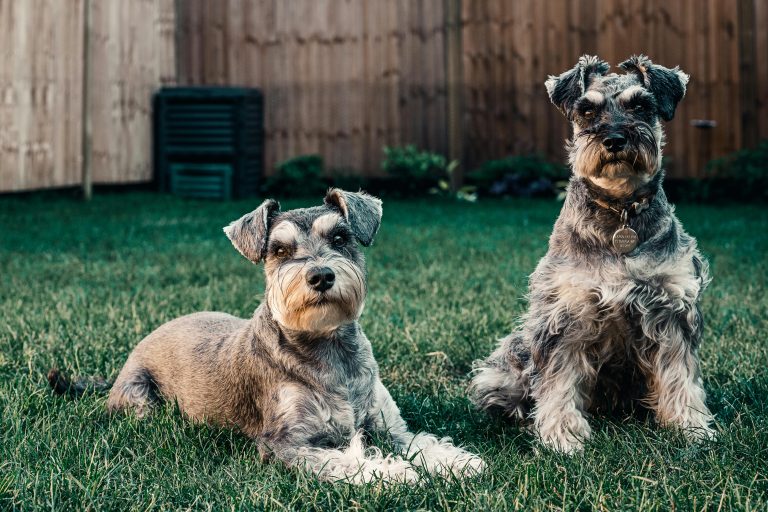Can Dogs Smell Stuffed Animals?
Introduction
Dogs, our loyal companions, possess an extraordinary sense of smell that never fails to astonish us. Their olfactory system is a marvel of nature, allowing them to detect scents with unparalleled precision. In this article, we explore a curious question: Can dogs smell stuffed animals?

The Canine Olfactory System
Before we delve into the specifics, let’s take a moment to appreciate the complexity of the canine olfactory system. A dog’s nose is not merely for breathing; it’s a highly sophisticated tool designed for scent detection. Compared to humans, dogs have a significantly larger olfactory bulb and a higher number of scent receptors, making their sense of smell exponentially more powerful.
Can Dogs Smell Stuffed Animals?
Now, to the intriguing question at hand. Yes, dogs can indeed smell stuffed animals, and their ability to do so is nothing short of remarkable. The next sections will break down the nuances of this sensory prowess.
Dogs’ Sensitive Nose
A dog’s nose is a sensory powerhouse. With around 220 million scent receptors, as opposed to a human’s mere 5 million, dogs can pick up scents at incredibly low concentrations. This sensitivity allows them to perceive a vast array of smells that are imperceptible to us.
Types of Scents Dogs Detect
Dogs are not just limited to detecting ordinary scents; they can identify emotions, illnesses, and even certain types of contraband. Their noses are finely tuned instruments capable of discerning a diverse range of smells.

Stuffed Animals and Familiarity
Dogs often form strong attachments to familiar scents, and this includes stuffed animals. These inanimate objects carry scents that dogs associate with comfort, security, or play. It’s not uncommon for a dog to develop a bond with a particular stuffed animal.
Training Dogs to Identify Specific Scents
Beyond natural instincts, dogs can be trained to identify specific scents. This is employed in various fields, such as police work and search-and-rescue operations, where dogs use their olfactory prowess to locate missing persons or detect illicit substances.
Can Dogs Differentiate Between Stuffed Animals?
The extent to which dogs can differentiate between various stuffed animals is intriguing. While their ability to distinguish scents is impressive, research suggests that factors like material and scent complexity may influence their recognition.
Dogs’ Behavioral Responses to Stuffed Animals
Observing a dog’s reaction to a stuffed animal can provide insights into their recognition abilities. Some dogs may exhibit signs of joy or excitement when encountering a familiar stuffed animal, while others might display curiosity or confusion when faced with a new one.
Real-Life Instances
Countless stories abound of dogs showcasing their olfactory prowess with stuffed animals. From identifying a favorite toy amidst a pile to comforting themselves with a specific plush companion, these instances highlight the depth of the canine-human bond.
Myths and Facts
Dispelling myths is crucial in understanding dogs’ sense of smell. Contrary to popular belief, dogs don’t just smell with their noses; they have a specialized organ called the Jacobson’s organ, enhancing their ability to detect pheromones and other subtle scents.
Potential Benefits of Recognizing Stuffed Animals
Recognizing stuffed animals can have practical benefits. It may aid in training, enhance the bond between a dog and its owner, and contribute to the overall well-being of the pet.
Considerations for Dog Owners
For dog owners, introducing new stuffed animals should be done with care. Understanding a dog’s preferences and recognizing signs of attachment or discomfort can guide decisions related to their furry friend’s playthings.
Conclusion
In conclusion, the answer to whether dogs can smell stuffed animals is a resounding yes. Their incredible olfactory abilities contribute to the richness of their experiences and relationships. Understanding and appreciating the depth of a dog’s sense of smell adds another layer to the unique connection between humans and their canine companions.




Leave a comment